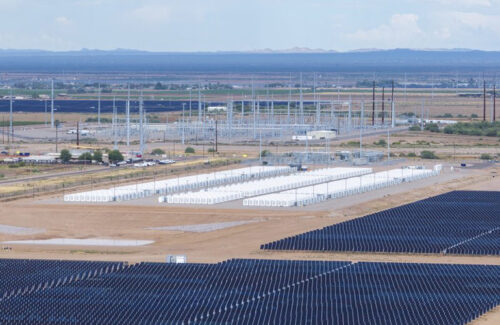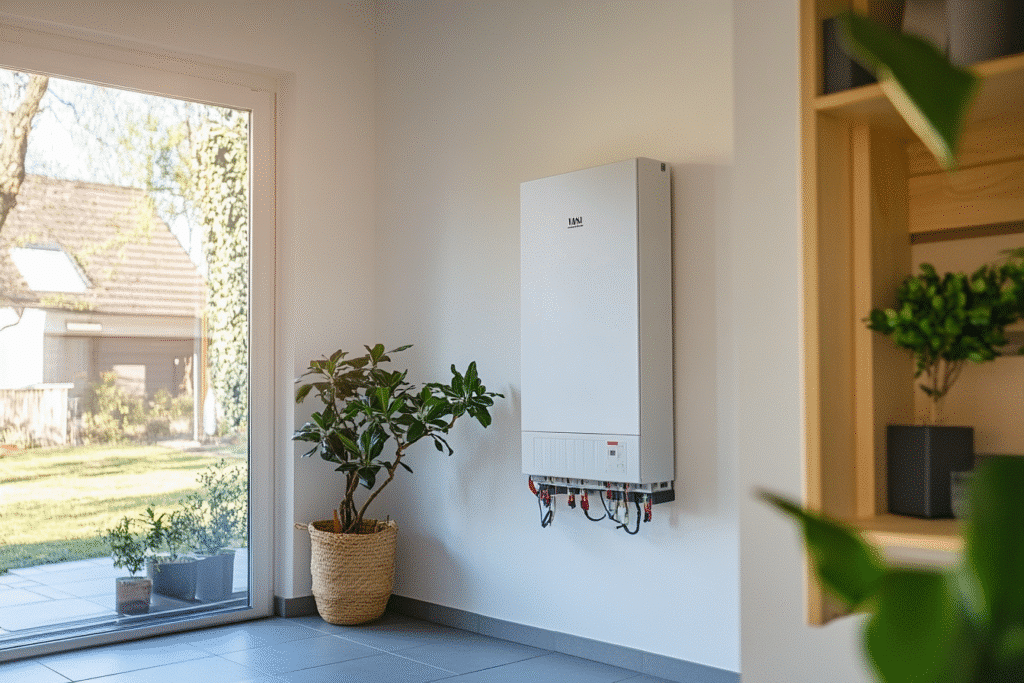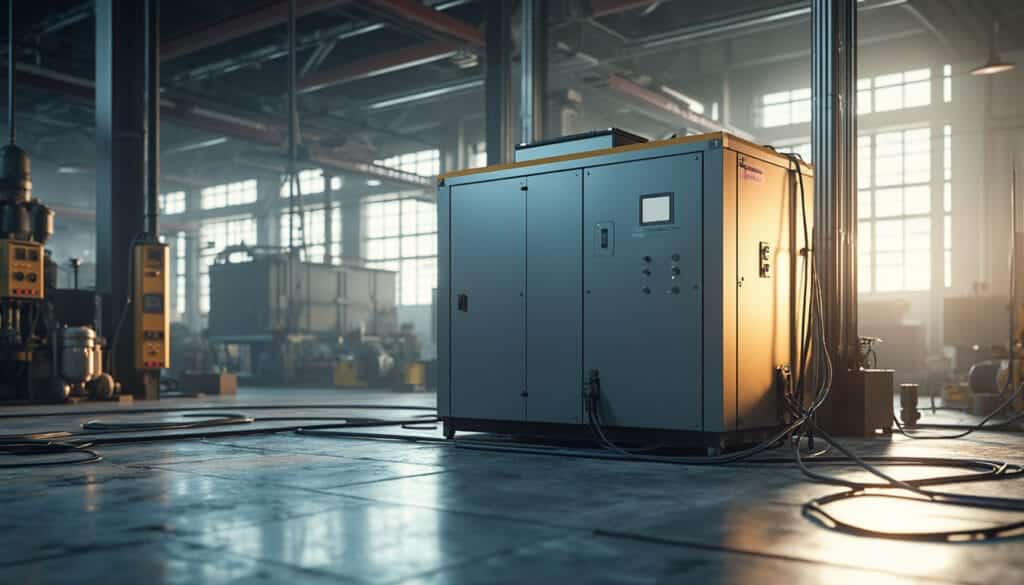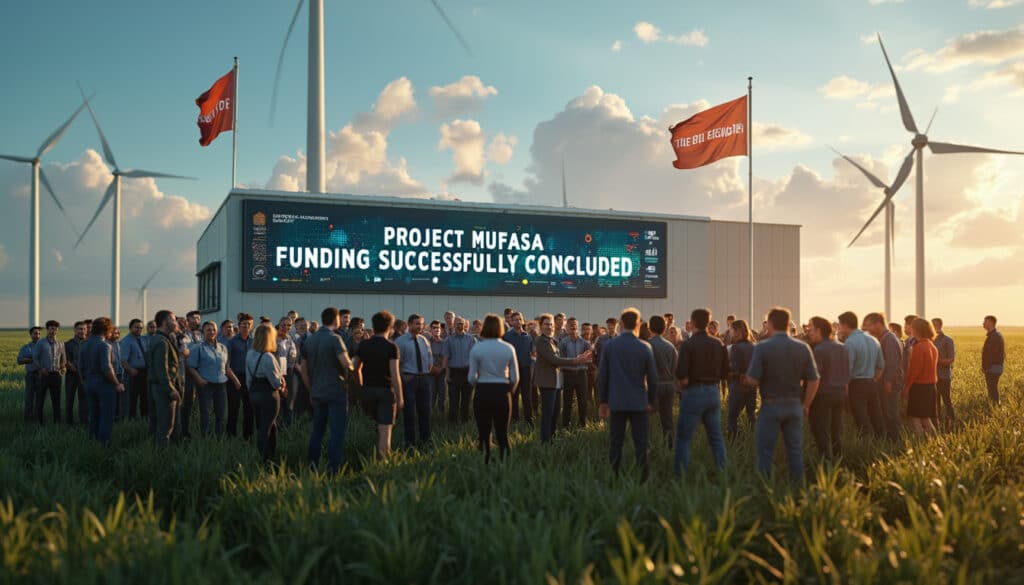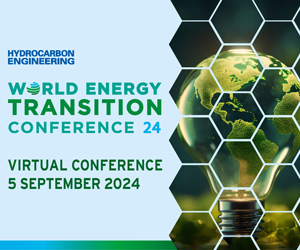A new wind is blowing over the energy landscape near Norwich, where a 300MW/600MWh battery energy storage system is in development. The result of a three-year collaboration between Ørsted, NESO, and National Grid Electricity Transmission, this groundbreaking project, named Boudica, harmonizes wind energy and energy storage. By sharing infrastructure with the Hornsea 3 offshore wind farm, the BESS system redefines the contours of innovation in renewable energy. Set to become operational in 2026, this hybrid model promises a future where sustainability meets efficiency.
The Boudica project, a Battery Energy Storage System (BESS) of 300MW/600MWh, is expected to be operational in 2026. This innovative project, located near Norwich in Norfolk, is being developed by Ørsted ICENI Energy Storage UK in partnership with NESO and National Grid Electricity Transmission (NGET). This BESS will be integrated with Ørsted’s Hornsea 3 offshore wind farm’s onshore substation, sharing its connection with the offshore wind power generation facility. Ørsted, with its existing 5GW of offshore wind capacity and an additional 5GW under development, is using this project as a future reference model, demonstrating a world-class solution. This system aims to maximize the benefits of the new generation of renewable energy and to use stored excess wind as needed. By combining infrastructures and assets in one location, this co-location initiative reduces costs and creates value-added systems.

Ørsted and its BESS project: a partnership of technology and sustainability
The 300MW/600MWh BESS located near the Hornsea 3 onshore substation represents a significant advancement in the field of renewable energies. Thanks to its strategic location near Norwich, this ambitious project aims to support grid stability while maximizing the utilization of associated offshore wind energy. Large-scale battery energy storage stands out as a crucial solution for absorbing excess energy produced during periods of strong winds, thereby avoiding any precious waste.
The result of extensive collaborative efforts between Ørsted, NESO, and National Grid Electricity Transmission, this project is a perfect embodiment of the “Pathfinder” concept promoted by the Offshore Transmission Network review. This highlights the benefits of collective work to integrate an increasing number of renewables into our energy landscape. By limiting capital and operational costs, this model encourages shared infrastructure, positioning Ørsted as an energy leader.
The advantages of co-locating infrastructure with the BESS
By co-locating the energy storage system with an onshore substation, Ørsted successfully offers a synergy between technologies that optimizes operations. By reducing the land footprint of the infrastructure, this innovative approach minimizes investments and consolidates assets, resulting in more reliable and flexible energy production. This initiative embodies the model of energy hybridization. It is a promising strategy to meet the growing demand for interoperable green energy sources on the grid.
Innovations and expected outcomes of the Boudica project
The Boudica project, set for 2026, marks a turning point with a capacity of 600MWh, equivalent to the daily consumption of 80,000 British households. Describing it as a “plan for the future,” Bridgit Hartland-Johnson emphasizes its potential to be replicated on a larger scale, proving its effectiveness and viability. Battery storage technology plays a key role in ensuring the transition to renewable resources, a transition that is becoming increasingly necessary on a global scale in the face of urgent environmental challenges.
Articles similaires
Thank you!
We will contact you soon.

